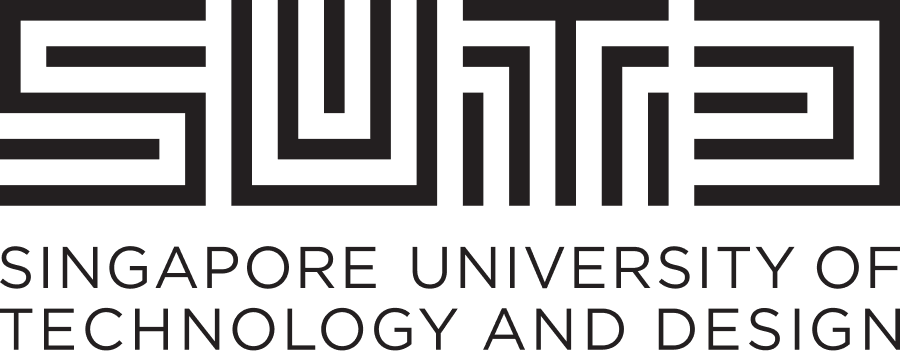STEAMunity programme promotes student innovation and generates 12 creative solutions for the community
STEAMunity programme promotes student innovation and generates 12 creative solutions for the community
8 World News: STEAMunity计划推动学生创新 催生12个社区创意解决方案
(Translation)
The Singapore University of Technology and Design (SUTD) and Science Centre Singapore (SCS) have joined hands to encourage youths to come up with innovative solutions to community issues through the STEAMunity programme, which has produced 12 creative solutions from students. Seven of these creative solutions were publicly showcased at 15 Bedok South Road Amphitheatre this afternoon.
The programme, which is supported by the Ministry of Education (MOE) and the National Research Foundation (NRF), aims to inspire students aged 13 and above to combine science, technology, engineering, arts and mathematics (STEAM) with design and artificial intelligence (DAI) to come up with innovative solutions to real-world community problems. Deputy Prime Minister Heng Swee Keat, who is also the Chairman of the National Research Foundation, attended the event as the Guest of Honour.
At this event, students developed innovative solutions to 12 community issues, one of which was Crossybot, a chicken-shaped robot modeled after the character from the game Crossy Road, designed to help young and old people cross the road safely. The project aims to reduce traffic accidents by improving pedestrian visibility and to remind drivers to pay attention to zebra crossings.
Another highly anticipated project is Park and Play, which uses gamification and artificial intelligence models to encourage riders to park their bicycles responsibly, addressing public safety issues caused by random bicycle parking.
In addition, Zeng Zijian, Bi Enning and nine other students from various institutions including Ngee Ann Polytechnic, Temasek Polytechnic, Jurong Secondary School, Nan Chiau Secondary School and Anglo-Chinese School (Independent) collaborated to create the Silverbreathe air quality monitoring system. The system aims to help elderly people living alone monitor indoor air quality. If any irregularities are detected, the system will alert relevant community members.
Bi Enning said: “My great-grandmother is 98 years old this year. I found that it was very difficult for her to open and close the windows, so we developed a convenient way for the elderly to open and close the windows.”
STEAMunity is divided into two phases: in the first phase, students learn SUTD’s signature design modules and master interdisciplinary skills through peer support. They then work closely with community partners to develop solutions; in the second phase, the team optimises the solution based on community feedback and, under the guidance of SUTD student mentors, pushes the solution closer to implementation.
SUTD president Professor Phoon Kok Kwang said: “We hope to spark young people’s interest in STEAM and AI, and teach them how to work with AI in real-life projects to benefit the wider community.”
The programme was launched in June 2024, initially in collaboration between SUTD and Temasek Polytechnic, and has now expanded to include Ngee Ann Polytechnic, Nanyang Polytechnic and Republic Polytechnic. Currently, the STEAMunity programme has completed two rounds, with over 400 students participating. The third phase will be launched on the 17th of this month, with an expected 190 students from 20 schools participating. Two more events are planned for June and December this year, offering more opportunities for young people to engage in innovative practices.
